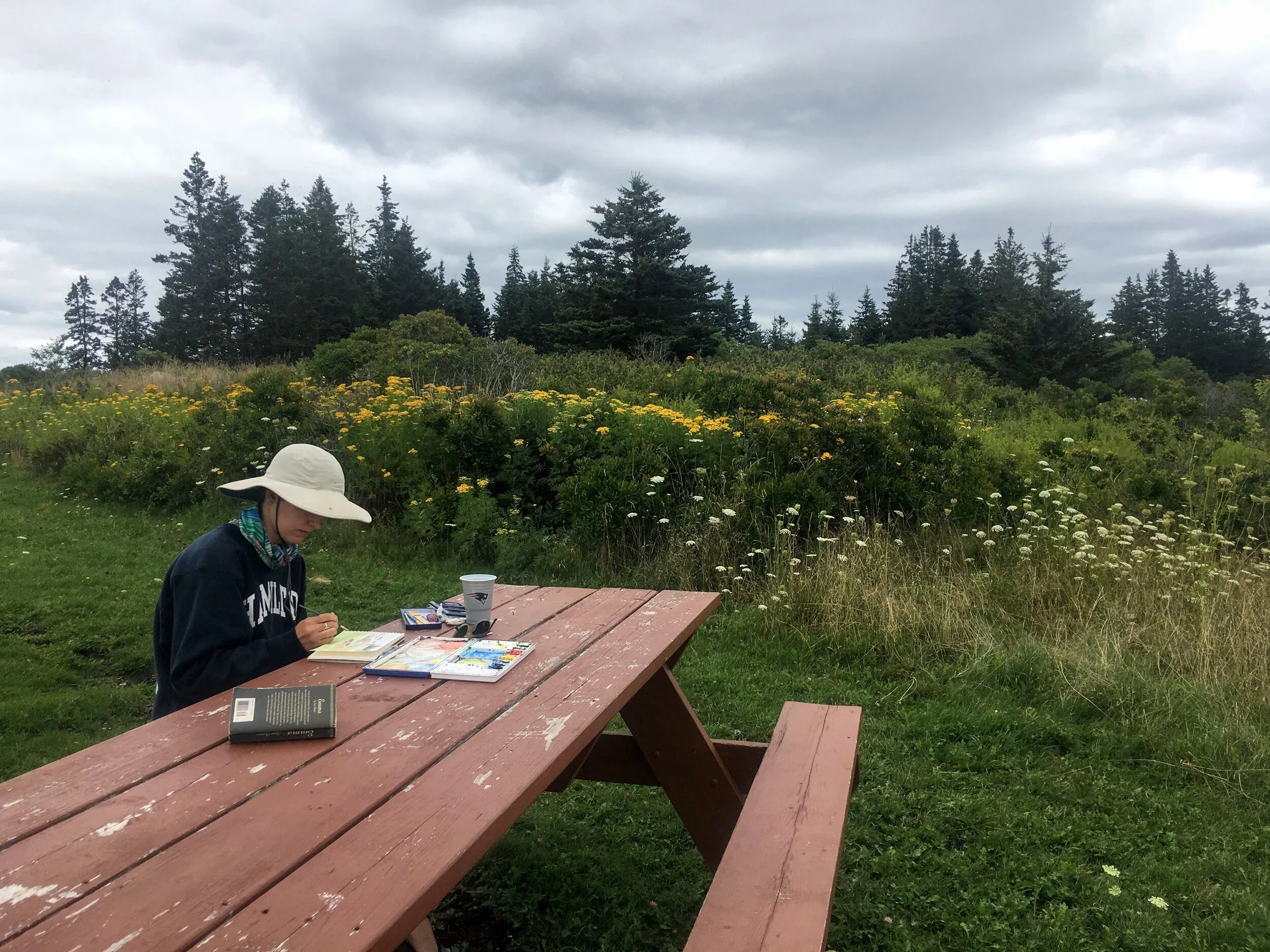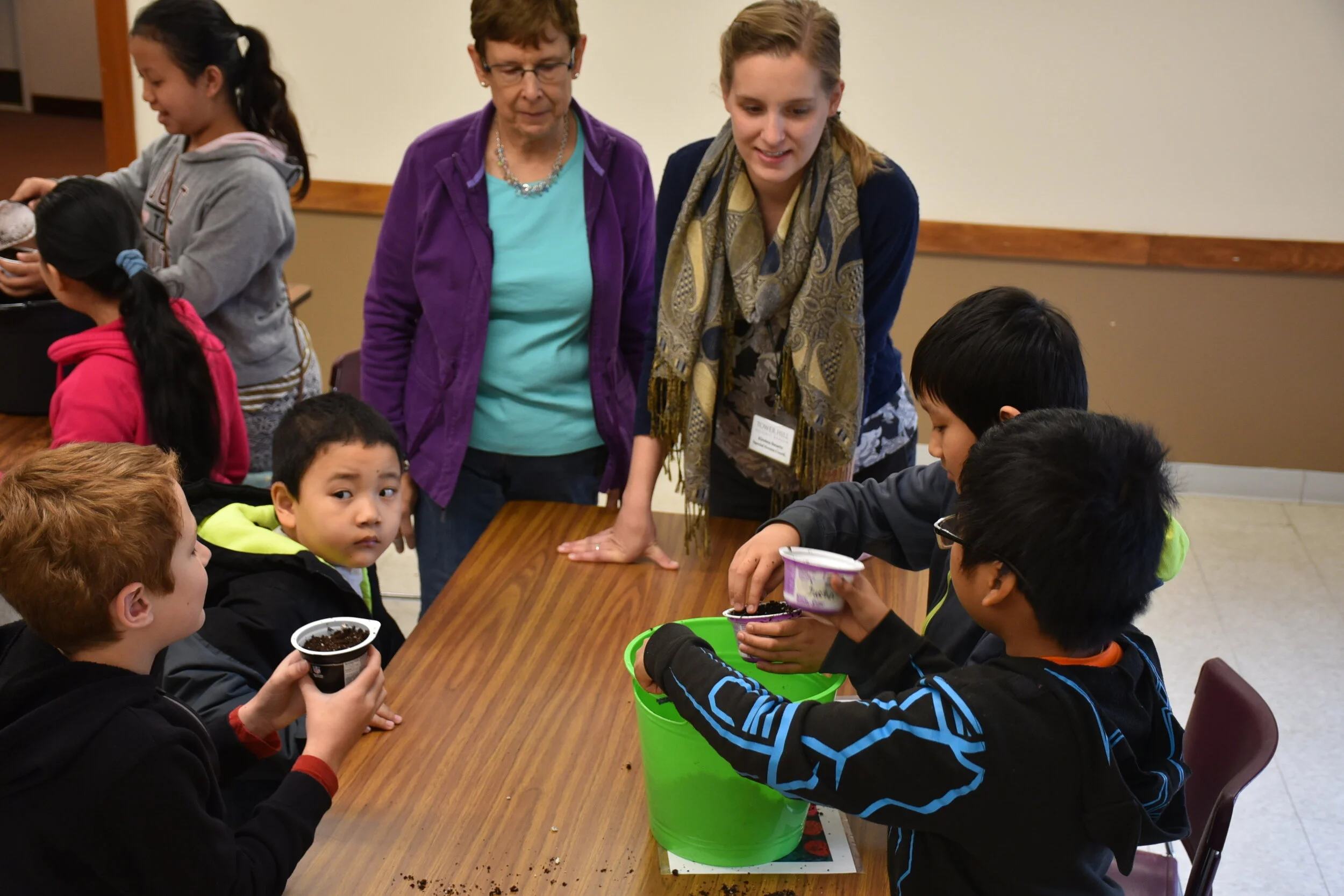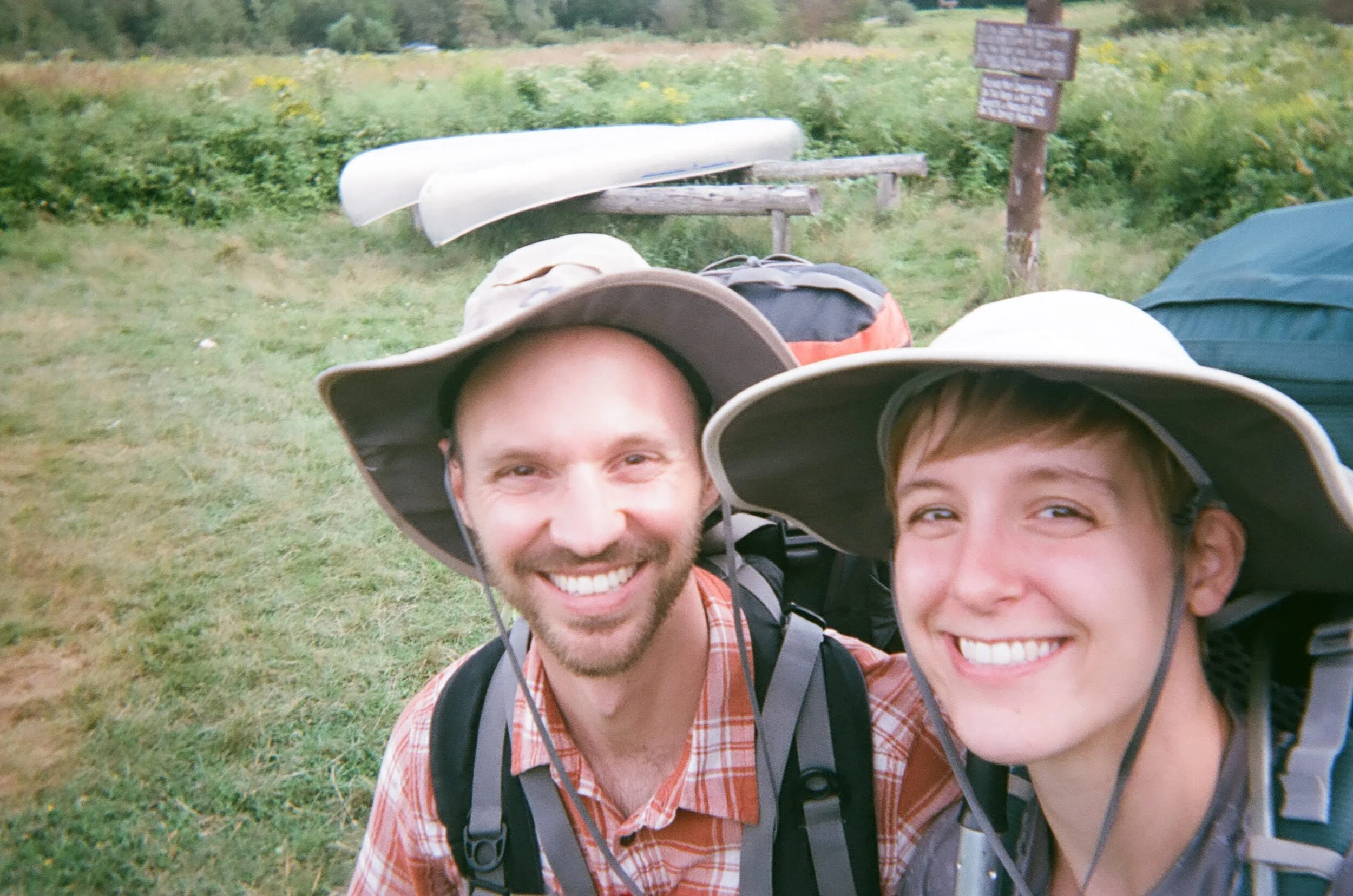“Art is for everyone—it’s part of being human”
Kirsten Martsi holds an M.A. in Museum Studies from the Cooperstown Graduate Program at SUNY Oneonta and a B.A. in English Literature and Classical Languages from Hamilton College. She has served as interim director of community arts at Cambridge Arts, manager of exhibitions and events at Tower Hill Botanic Garden, and museum education coordinator at Munson-Williams-Proctor Arts Institute.
On April 26, 2021, she joined the BMAC staff as our new Manager of Education & Community Engagement Programs. She will be relocating to the Brattleboro area this summer with her partner, Jay, who does book design and production at MIT Press and is a woodworker.
BMAC: What drew you to the Brattleboro Museum & Art Center?
Kirsten Martsi: This is my dream job. It’s exactly what I want to do. This is why I went to grad school. I have a lot of ideas, and I’m really excited to be able to apply all the things I’ve been thinking and learning about.
I love art. I’m a fiber artist, and I also do watercolor and pen and ink illustration. I believe that art is for everyone—it’s part of being human. It’s really important to me to be of service to people, and being of service in a way that expands access to art is deeply gratifying.
I’ve lived in small towns for most of my life. I’ve been living in Somerville and Arlington, and it’s been really nice, but now I’m excited to have a larger-than-postage-stamp-sized piece of land to garden, and to be in a community environment where people know each other and say hi on the street. I also have family in Vermont. It just feels like home.
BMAC: Your job title includes “Community Engagement Programs.” What is your vision for community engagement?
Martsi: Art museums have a real responsibility to be of service to the community that they’re in. Of course you want to attract visitors from farther afield, and everybody is welcome, but it’s really important to connect with and serve the residents of the immediate area. I’m excited to meet as many people as possible—the arts council, the local government, the nonprofits in the area, the schools. I’ll be going to the food co-op and striking up conversations with people. I want to get a big-picture sense of what the community’s needs are. I want to build BMAC’s community engagement and education programs around the intersection between what the community needs and what we can do.
BMAC: How do you conceive of museum education?
Martsi: In my mind, education includes the whole experience of going to a museum. It’s what you see on the website before you arrive, the interpretation, the activities that you do at the museum, and what kind of interaction you have after you leave. Every touchpoint is an education opportunity. I’m excited to look at our events, our programs, and our tours to see where we can add some layers of engagement. I like to think holistically about what every single person is getting out of their experience at a museum, during programs and events as well as during a regular visit.
I enjoy art so much, and I want everyone to have the opportunity to connect with art in a way that is meaningful to them. A big part of my education philosophy has to do with creating a platform for people to connect with something they can make, build their confidence, and try something new.
BMAC: What are your thoughts about BMAC as an institution?
Martsi: I like the size of BMAC—it’s small but mighty. It’s got a great reputation for incredible exhibitions. I like that it’s not a collecting museum. It’s more flexible—there’s something new every time you come in. You’re not trying to take the collection and make it fit whatever current event is happening or whatever the community’s needs are. Instead, you’re listening to the community’s needs and responding with your exhibitions and programs. It makes BMAC a lot more nimble and responsive.
This is a turning point for BMAC. It’s exciting to be on the cusp of the Museum’s great expansion plan and to be able to help BMAC to do even more in terms of community engagement and outreach. I get to be part of setting that direction, which is really exciting. And the people! The people are great.
BMAC: What are some elements of your past work experience that you think will serve you well at BMAC?
Martsi: My career started in the disability field, and I’m very interested in accessibility and inclusion for people with disabilities. Since then, I’ve worked mostly in museums and in arts organizations, working to expand access and make sure that people come away with an experience that means something to them and makes them want to come back. My work at Cambridge Arts gave me a sense of how local government works, and of the mechanisms in play outside an art museum. Now, going back into a museum, I think I can make the connections we need and find the key people who will help us on the journey.
BMAC: How do you approach diversity in your community engagement work?
Martsi: It’s important that the demographics of the people who come to BMAC and participate in our programs reflect the demographics of the broader region. Ideally, we’d love for everyone to come, which means we need to pay attention to our message, make sure our programs are relevant to folks, and create programs that are exciting to a lot of different people. I'm committed to being a co-creator with BIPOC communities, working for racial justice in the arts and beyond. It’s important to me to make sure that all people feel invited, welcomed, and supported at the Museum. Accessibility is also something I really pay attention to—making sure we have structures and systems in place to create a comfortable and equitable experience for everyone coming to the Museum. Arts organizations are here to be of service in ways that make sense for our resources and align with the needs of the community. We can’t be all things to all people, but we can be more things to more people.
BMAC: Could you say a little more about your work as an artist?
Martsi: I started out in ceramics in high school and college. Then I started doing watercolor and pen and ink illustration, and now I’ve moved into fiber art. The women in my family have always done quilting, dress making, knitting. In the past, I never thought of it as a serious art form, but I think that comes from the Western view of Art with a capital “A.” In the past few years I’ve been learning a lot more about fiber arts. I make quilts, tapestries, and punch needle pieces, and I teach knitting, embroidery, macrame, and weaving. My partner Jay and I are getting married this summer, and I’m making my wedding dress. I’m so excited to get into the art scene in the Brattleboro area.
BMAC: Anything else you’d like to add?
Martsi: Jay and I are so excited to move to Brattleboro. We love being outdoors, gardening, hiking, canoeing. Anything outdoors and active!
I’m really excited to get to know the community here, so if you see me, please say hi! I’d love to meet anybody and everybody, learn more about Brattleboro, and make sure that folks feel welcome and invited to the Museum.
Martsi encourages schools, community groups, and others interested in collaborating with BMAC to contact her at kirsten@brattleboromuseum.org or 802-257-0124 x111.










